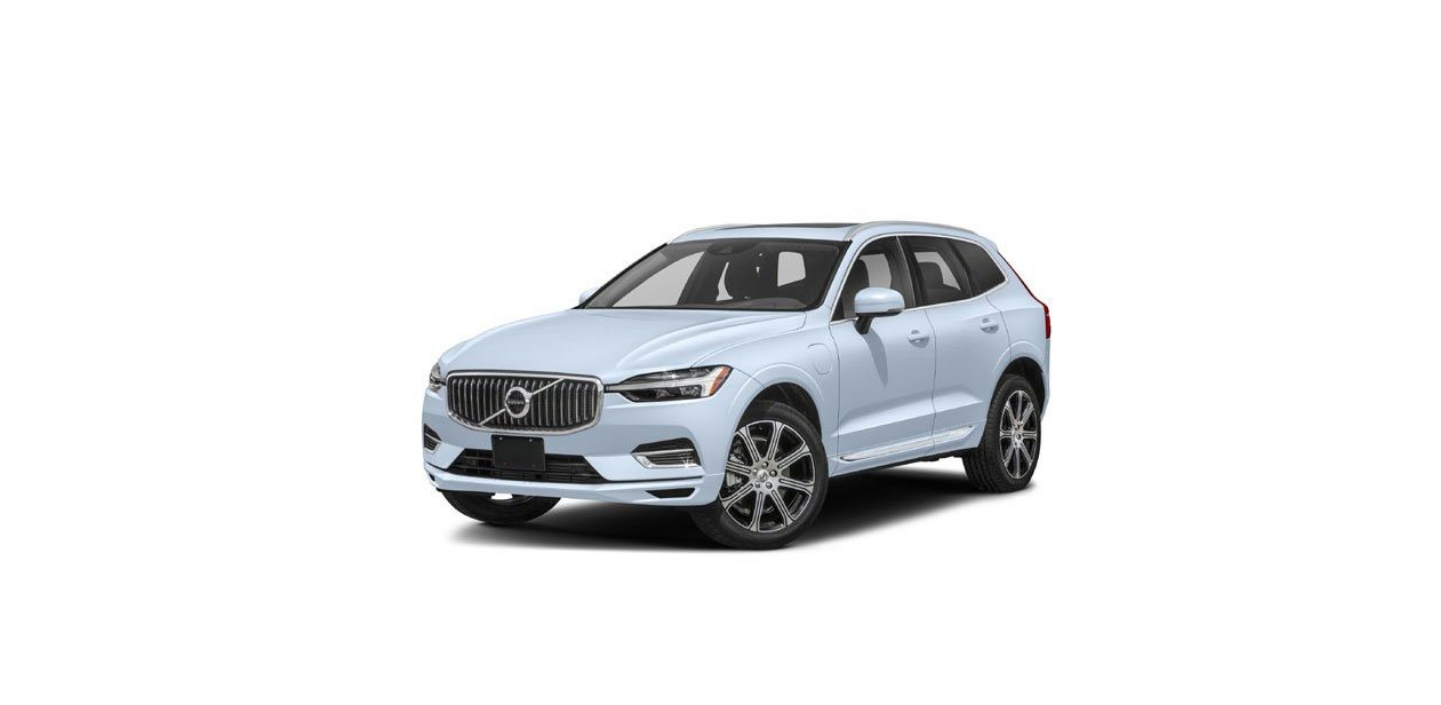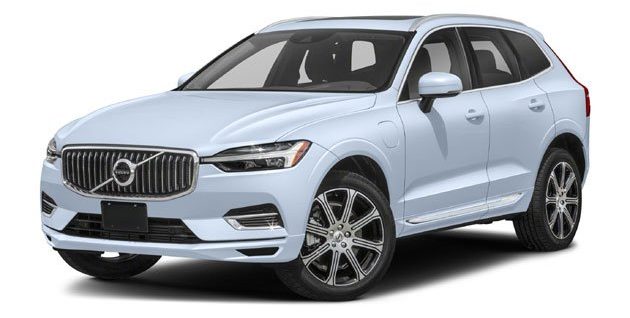Designation of dimensions
All tyres have a dimension designation, such as: 235/60 R18 103 V.
| 235 | Tyre width (mm) |
| 60 | Ratio between tyre wall height and tyre width (%) |
| R | Radial ply |
| 18 | Rim diameter in inches |
| 103 | Codes for the maximum permitted tyre load, tyre load index (LI) |
| V | Speed rating for maximum permitted speed, speed rating (SS). (In this case 240 km/h (149 mph).) |
Load index
Each tyre has a certain capacity to carry a load, a load index (LI). The car’s weight determines the load capacity required of the tyres.
Speed rating
Each tyre can withstand a certain maximum speed. Tyre speed rating, SS (Speed Symbol), must at least correspond with the car’s top speed. The table below shows the maximum permitted speed for each speed rating (SS). The only exception to these regulations is winter tyres, (Both those with metal studs and those without.) where a lower speed rating may be used. If such a tyre is selected, the car must not be driven more quickly than the tyre is rated for. For example, cars with Q rating tyres must be driven at speeds not exceeding 160 km/h (100 mph). The road conditions and applicable road traffic rules determine how quickly the car can be driven, not the speed rating of the tyres.
The maximum permitted speed is specified in the table.
Load index
Each tyre has a certain capacity to carry a load, a load index (LI). The car’s weight determines the load capacity required of the tyres.
Speed rating
Each tyre can withstand a certain maximum speed. Tyre speed rating, SS (Speed Symbol), must at least correspond with the car’s top speed. The table below shows the maximum permitted speed for each speed rating (SS). The only exception to these regulations is winter tyres, where a lower speed rating may be used. If such a tyre is selected, the car must not be driven more quickly than the tyre is rated for. For example, cars with Q rating tyres must be driven at speeds not exceeding 160 km/h (100 mph). The road conditions and applicable road traffic rules determine how quickly the car can be driven, not the speed rating of the tyres.
The maximum permitted speed is specified in the table.
| Q | 160 km/h (100 mph) (used only on winter tyres) |
| T | 190 km/h (118 mph) |
| H | 210 km/h (130 mph) |
| V | 240 km/h (149 mph) |
| W | 270 km/h (168 mph) |
| Y | 300 km/h (186 mph) |
The lowest permitted load index (LI) and speed rating (SS) for the tyres for each respective engine variant are shown by the specifications. If a tyre with too low a load index or speed rating is used, it may overheat and be damaged.
Approved tyre pressures
Approved tyre pressures for each engine alternative can be found in the table.
All engines, tyres or combinations of these are not always available in all markets.
| Engine | Tyre dimension | Speed | Load, 1-3 persons | Max. load | ECO pressure (Economical driving) | ||
|---|---|---|---|---|---|---|---|
| Front kPa (psi) (In certain countries the “bar” unit is used alongside the SI unit “Pascal”: 1 bar = 100 kPa) | Rear kPa (psi) | Front kPa (psi) | Rear kPa (psi) | Front/rear kPa (psi) | |||
| All engines | 235/65 R17 235/60 R18 235/55 R19 255/45 R20 255/40 R21 265/35 R22 | 0-180 km/h (0-112 mph) | 230 (33) | 230 (33) | 270 (39) | 270 (39) | 270 (39) |
| Temporary Spare Tyre | max 80 km/h (max 50 mph) | 420 (60) | 420 (60) | 420 (60) | 420 (60) | – | |
Tyres’ rotation direction
- Tyres must rotate in the same direction during their entire service life.
- Tyres should only be switched between front and rear positions, never between left and right-hand sides, or vice versa.
- If the tyres are fitted incorrectly, the car’s braking characteristics and capacity to force rain and slush out of the way are adversely affected.
- The tyres with the deepest tread depth should always be fitted to the rear of the car in order to reduce the risk of oversteer skidding.
- On cars with different front and rear tyre or wheel dimensions, it is not permitted to change position between front and rear wheels.
- Volvo recommends that the rear tyres do not have substantially less tread depth than the front tyres in order to reduce the risk of oversteer skidding when driving on wet roads.
Make sure that the front and rear axles have the same type, dimension and make of tyre. Cars with different front and rear tyre dimensions must have the same type and make of tyres on the front and rear axles.
Tread wear indicators on the tyres
Dimension designation for wheel rim
Wheel and rim dimensions are designated in accordance with the examples in the table below. The car has an approval for the complete vehicle with certain combinations of wheel rims and tyres. All wheel rims have a dimension designation, for example: 7.5Jx18x50.5.
| 7.5 | Rim width in inches |
| J | Rim flange profile |
| 18 | Rim diameter in inches |
| 50.5 | Off-set in mm (distance from wheel centre to wheel contact surface against the hub) |
Minimum permitted tyre load index and speed rating for tyres
| Engine | Minimum permitted load index (LI) (The tyre’s load index must be at least equal to or greater than indicated in the table) | Minimum permitted speed rating (SS)(The tyre’s speed rating must be at least equal to or greater than indicated in the table.) |
|---|---|---|
| B4 (B420T6) | 98 | H |
| B4 (D420T8) | 98 | H |
| B4 AWD (D420T8) | 98 | H |
| B5 (B420T2) | 98 | H |
| B5 (B420T10) | 98 | H |
| B5 AWD (B420T2) | 98 | H |
| B5 AWD (B420T10) | 98 | H |
| B5 AWD (D420T2) | 98 | H |
| B6 AWD (B420T) | 98 | H |




